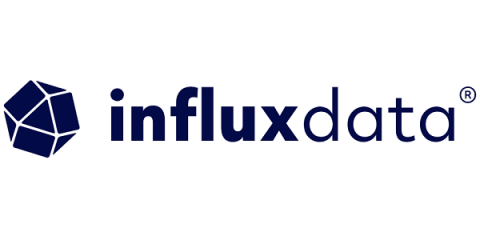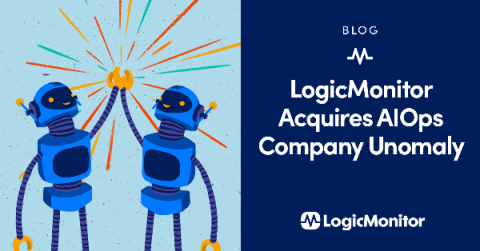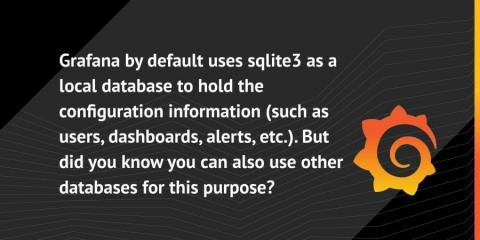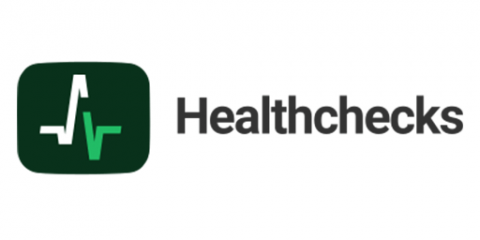How Basware took their customer service to a new level
Basware is known for delivering leading edge financial software that cuts costs, increases efficiencies, and reduces risks to an enterprise’s global operations. They help customers simplify operations and spend smarter by automating procurement and finance processes. What makes their offerings world-class is both the capabilities they provide and the way they provide them.











